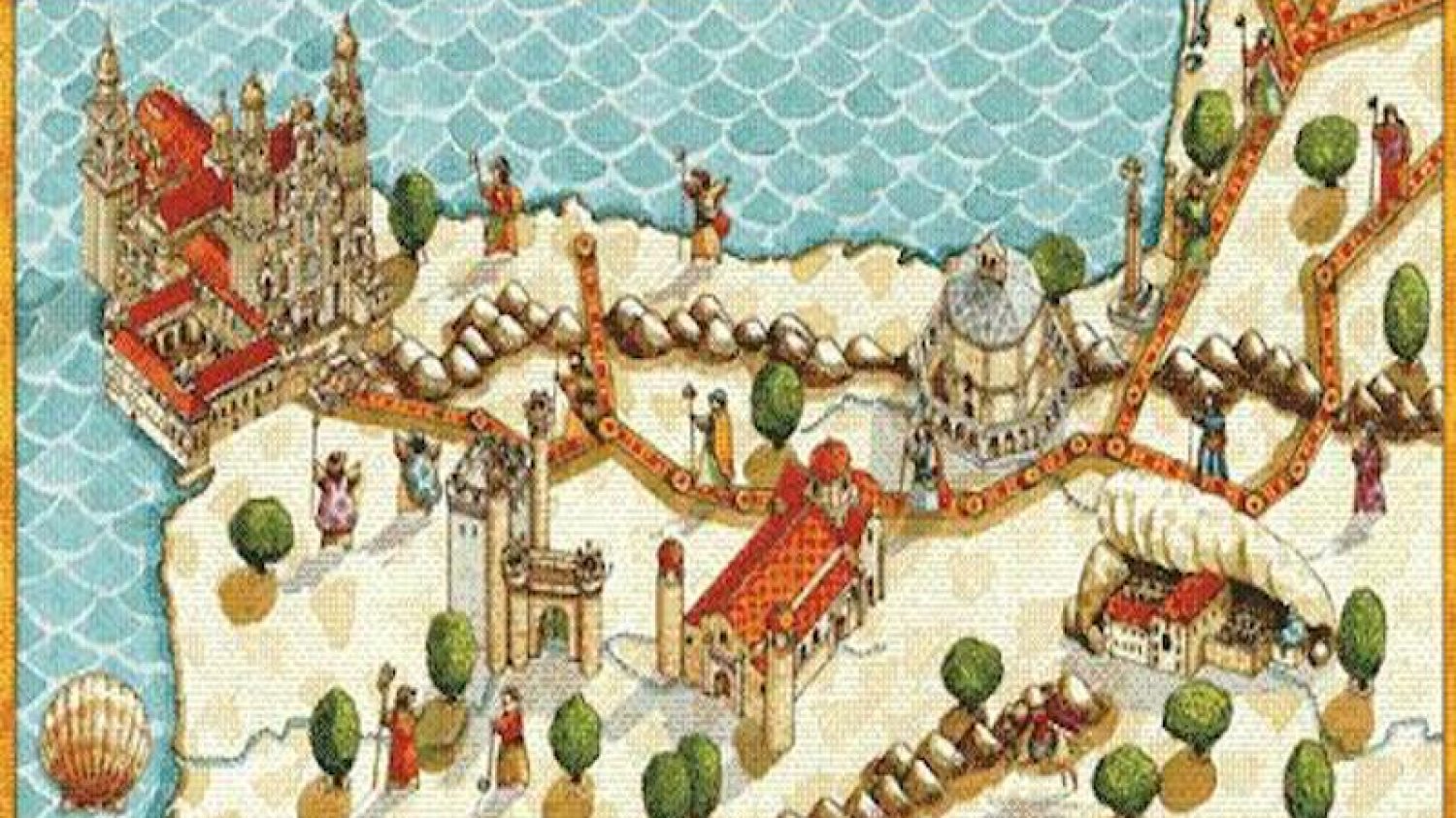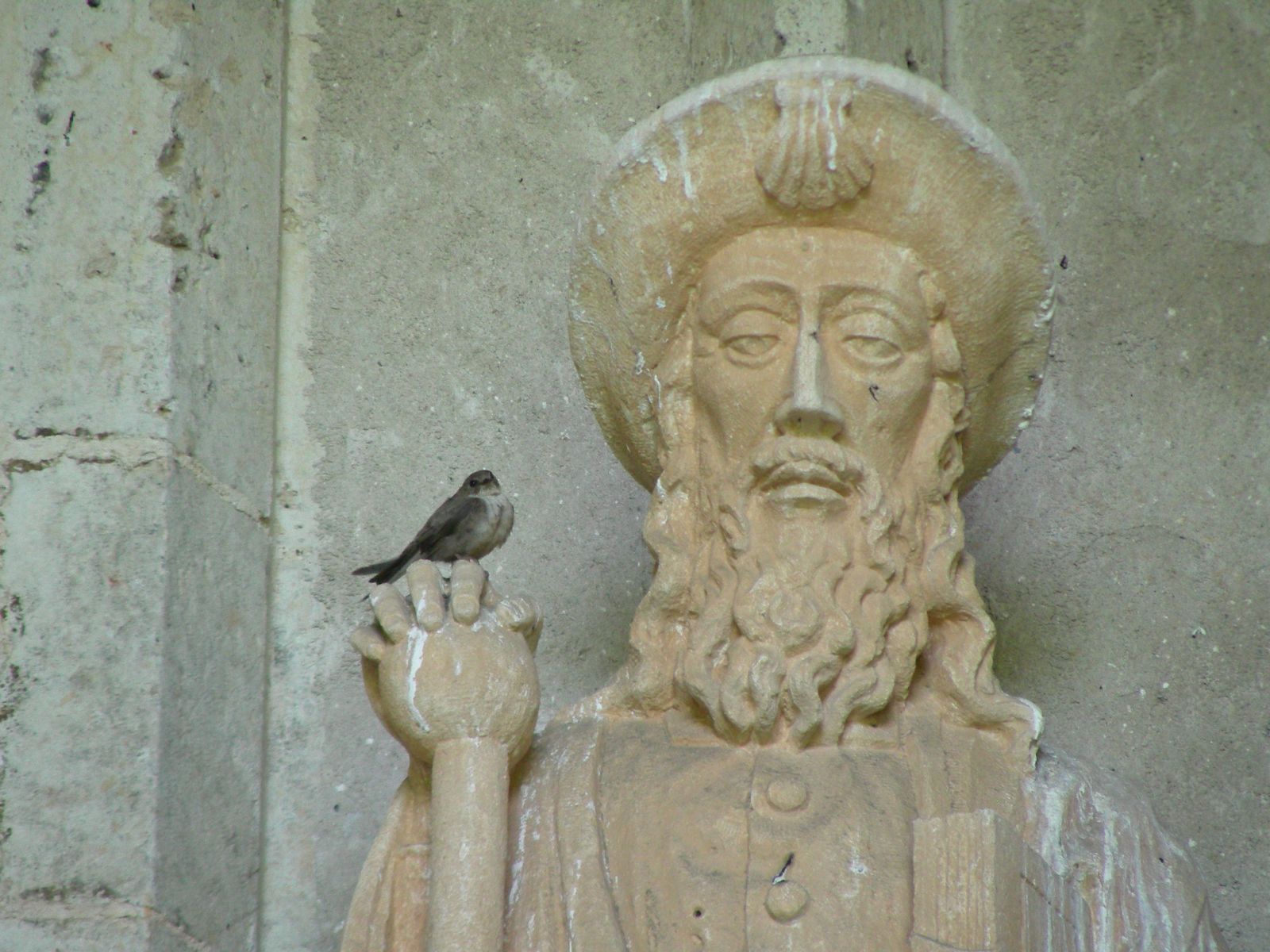
Create your own journey; Experience the best of Northern Spain at your own pace
This website uses its own and third-party cookies, for the proper functioning of the site and to generate usage statistics.
By continuing to browse we understand that you consent to our �ookie policy

2023-11-16
The Camino de Santiago, also known as the Way of St. James, is a renowned pilgrimage in Spain and Portugal. The Camino encompasses multiple routes, with some being more esteemed and historic than others, attracting pilgrims from all corners of the world.
The most famous Camino, is Camino Francés, a sprawling 800 km (500 miles) path through Northern Spain.
Camino de Santiago earned the prestigious distinction of being the first hiking trail inscribed on UNESCO's World Heritage Site list.
During the Middle Ages, the pilgrimage to St. James' grave in Santiago de Compostela gained immense popularity. For many, it marked the singular major voyage of their lifetime. However, the Protestant Reformation and subsequent political upheavals in the 16th and 17th centuries led to a decline in pilgrim numbers across Europe. This trend persisted until the mid-20th century when the number of visitors to Santiago de Compostela began to dwindle.
Since the 1980s, a revival has taken place, with the Camino attracting a growing number of pilgrims worldwide. Beyond its spiritual significance, the route traverses towns and cities hosting some of Spain's most captivating cultural and historical landmarks. In 1993, the Camino de Santiago earned the prestigious distinction of being the first hiking trail inscribed on UNESCO's World Heritage Site list.

For many pilgrims, reaching Santiago de Compostela and contemplating the statue of the apostle St. James in his cathedral and final resting place symbolizes purification, liberation, and a fresh start in life.
Others view the journey as an athletic challenge, with trekking to Santiago de Compostela representing the fulfillment of a significant goal. Regardless of one's initial intentions, the Camino holds profound meaning for all who undertake it, a sentiment only truly understood by those who have embraced the challenge.
If you're considering embarking on this transformative journey, you can book your Camino trip to experience its rich history and spiritual significance. To delve deeper into the Camino's history, you can read more about it here.
¡Buen Camino!
Back